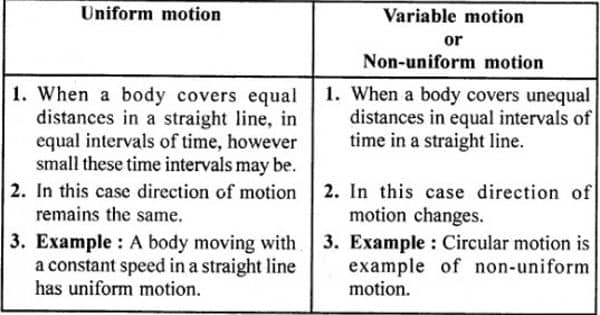Laser science, often known as laser physics, is a discipline of optics that deals with the theory and application of lasers. Lasers are devices that generate extremely focused and powerful light beams with specified features such as coherence, monochromaticity, and directionality. Laser science covers a broad spectrum of themes and applications, and it has had a substantial impact on many disciplines of science, technology, and industry.
Quantum electronics, laser construction, optical cavity design, the physics of establishing a population inversion in laser media, and the temporal evolution of the light field in the laser are the primary concerns of laser research. It is also interested in laser beam propagation physics, notably the physics of Gaussian beams, laser applications, and related topics such as nonlinear optics and quantum optics.
Basic Principles of Lasers
The operation of a laser is based on the principles of stimulated emission of photons, which results in the amplification of light waves. Albert Einstein defined these ideas for the first time in 1917. An external energy source (e.g., electrical discharge or optical pumping) stimulates a gain medium in a laser, resulting in the emission of coherent light.
Laser Components
A typical laser is made up of numerous components, including the gain medium (which can be a gas, liquid, solid, or semiconductor), mirrors to form an optical cavity, and a mechanism to supply energy to the gain medium. Various gain medium and topologies are used by different types of lasers, such as gas lasers, diode lasers, and solid-state lasers.
Types of Lasers: There are numerous types of lasers, each designed for specific applications. Some common types of lasers include:
- Gas lasers: Helium-neon (HeNe) lasers, carbon dioxide (CO2) lasers, and argon ion lasers.
- Solid-state lasers: Ruby lasers, Nd:YAG lasers, and semiconductor lasers.
- Fiber lasers: Lasers that use optical fibers as the gain medium.
- Excimer lasers: Ultraviolet lasers used in industries like semiconductor manufacturing and eye surgery.
- Free-electron lasers: Lasers that generate coherent radiation using accelerated electrons.
Applications
Lasers have found a wide range of applications in various fields, including:
- Medicine: Laser surgery, laser therapy, and laser eye surgery (LASIK).
- Communications: Fiber optic communication systems use lasers to transmit data over long distances.
- Manufacturing: Laser cutting, welding, engraving, and 3D printing.
- Scientific research: Lasers are used in spectroscopy, microscopy, and as light sources in experiments.
- Defense: Laser weapons, rangefinders, and target designators.
- Entertainment: Lasers are used in laser light shows and laser projectors.
Laser science continues to evolve, with new breakthroughs and applications emerging regularly. It plays a crucial role in modern technology and research across various disciplines.
















